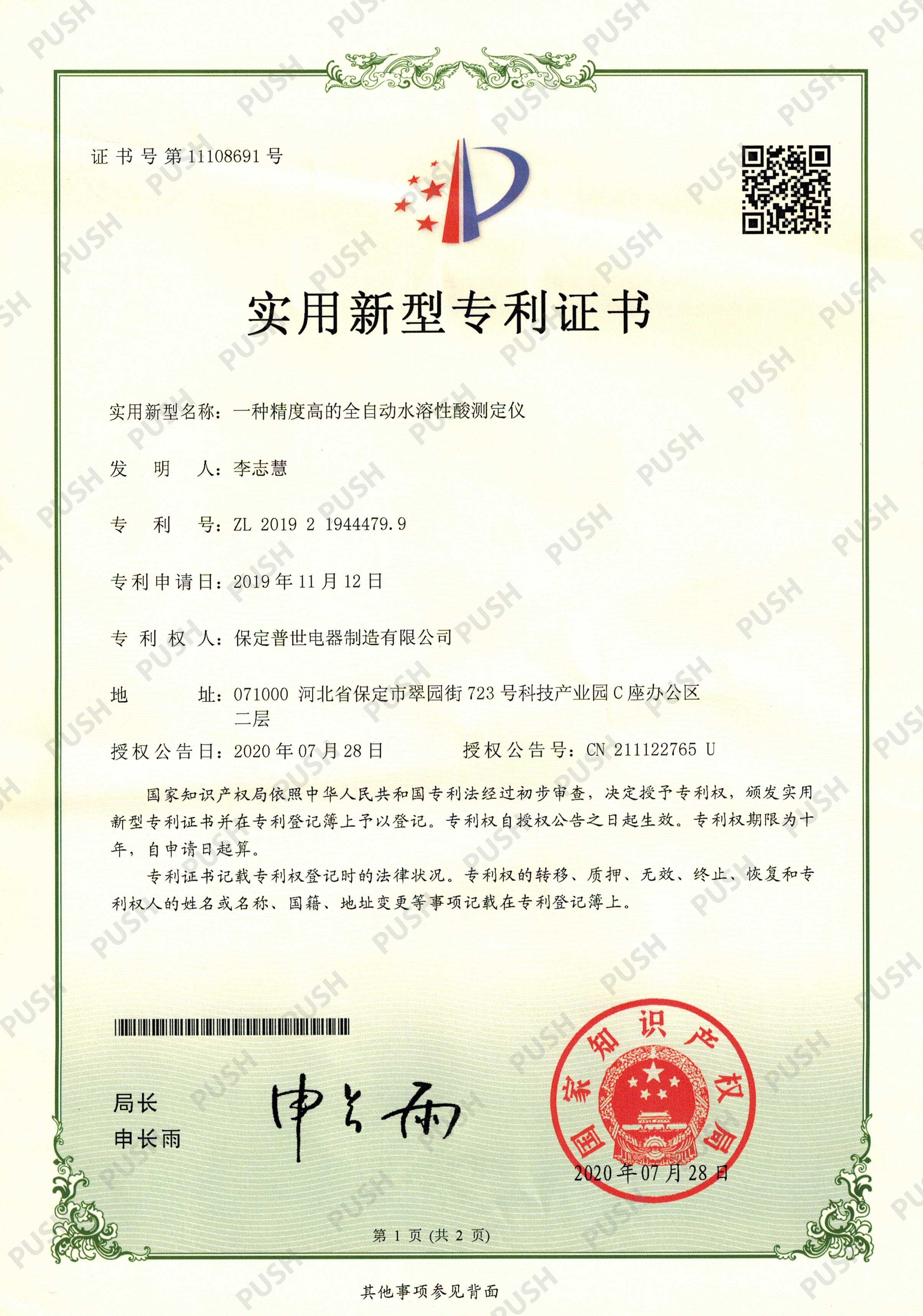 English
English



-
 Afrikaans
Afrikaans -
 Albanian
Albanian -
 Amharic
Amharic -
 Arabic
Arabic -
 Armenian
Armenian -
 Azerbaijani
Azerbaijani -
 Basque
Basque -
 Belarusian
Belarusian -
 Bengali
Bengali -
 Bosnian
Bosnian -
 Bulgarian
Bulgarian -
 Catalan
Catalan -
 Cebuano
Cebuano -
 China
China -
 China (Taiwan)
China (Taiwan) -
 Corsican
Corsican -
 Croatian
Croatian -
 Czech
Czech -
 Danish
Danish -
 Dutch
Dutch -
 English
English -
 Esperanto
Esperanto -
 Estonian
Estonian -
 Finnish
Finnish -
 French
French -
 Frisian
Frisian -
 Galician
Galician -
 Georgian
Georgian -
 German
German -
 Greek
Greek -
 Gujarati
Gujarati -
 Haitian Creole
Haitian Creole -
 hausa
hausa -
 hawaiian
hawaiian -
 Hebrew
Hebrew -
 Hindi
Hindi -
 Miao
Miao -
 Hungarian
Hungarian -
 Icelandic
Icelandic -
 igbo
igbo -
 Indonesian
Indonesian -
 irish
irish -
 Italian
Italian -
 Japanese
Japanese -
 Javanese
Javanese -
 Kannada
Kannada -
 kazakh
kazakh -
 Khmer
Khmer -
 Rwandese
Rwandese -
 Korean
Korean -
 Kurdish
Kurdish -
 Kyrgyz
Kyrgyz -
 Lao
Lao -
 Latin
Latin -
 Latvian
Latvian -
 Lithuanian
Lithuanian -
 Luxembourgish
Luxembourgish -
 Macedonian
Macedonian -
 Malgashi
Malgashi -
 Malay
Malay -
 Malayalam
Malayalam -
 Maltese
Maltese -
 Maori
Maori -
 Marathi
Marathi -
 Mongolian
Mongolian -
 Myanmar
Myanmar -
 Nepali
Nepali -
 Norwegian
Norwegian -
 Norwegian
Norwegian -
 Occitan
Occitan -
 Pashto
Pashto -
 Persian
Persian -
 Polish
Polish -
 Portuguese
Portuguese -
 Punjabi
Punjabi -
 Romanian
Romanian -
 Russian
Russian -
 Samoan
Samoan -
 Scottish Gaelic
Scottish Gaelic -
 Serbian
Serbian -
 Sesotho
Sesotho -
 Shona
Shona -
 Sindhi
Sindhi -
 Sinhala
Sinhala -
 Slovak
Slovak -
 Slovenian
Slovenian -
 Somali
Somali -
 Spanish
Spanish -
 Sundanese
Sundanese -
 Swahili
Swahili -
 Swedish
Swedish -
 Tagalog
Tagalog -
 Tajik
Tajik -
 Tamil
Tamil -
 Tatar
Tatar -
 Telugu
Telugu -
 Thai
Thai -
 Turkish
Turkish -
 Turkmen
Turkmen -
 Ukrainian
Ukrainian -
 Urdu
Urdu -
 Uighur
Uighur -
 Uzbek
Uzbek -
 Vietnamese
Vietnamese -
 Welsh
Welsh -
 Bantu
Bantu -
 Yiddish
Yiddish -
 Yoruba
Yoruba -
 Zulu
Zulu
oil type transformer testing
Oil Type Transformer Testing An Overview of Importance and Methodology
Oil type transformers, a staple in electrical power distribution, play a crucial role in energy systems. Unlike dry-type transformers, oil-filled transformers utilize insulating oil for cooling and electrical insulation, enhancing their performance and longevity. However, due to their critical function in maintaining electrical efficiency, regular testing is essential to ensure their reliability and safety.
Importance of Testing
Testing oil type transformers is vital for several reasons. First, it helps identify potential issues such as insulation degradation, moisture ingress, and the presence of corrosive substances. Early detection of these problems can prevent catastrophic failures, which can lead to costly repairs and extended downtime. Furthermore, consistent testing ensures compliance with safety regulations and standards, protecting both personnel and equipment from electrical hazards.
Common Testing Methods
1. Dissolved Gas Analysis (DGA) One of the most critical tests for oil-filled transformers is DGA, which evaluates the types and concentrations of gases dissolved in the transformer oil. The presence of certain gases can indicate faults like overheating, arcing, or insulation breakdown. By analyzing the gas composition, technicians can determine the health of the transformer and preemptively address issues.
oil type transformer testing

2. Power Factor Testing This method measures the dielectric loss of the transformer insulation system. A high power factor indicates a problem with the insulation material, potentially leading to failures. By performing power factor testing, maintenance teams can assess the insulation condition and plan necessary remedial actions.
3. Insulation Resistance Testing This test evaluates the insulation resistance between the transformer windings and ground. A low insulation resistance can signal moisture infiltration or degradation of the insulation material, necessitating immediate attention to prevent failures.
4. Temperature Measurement Monitoring the temperature of the oil is crucial, as overheating can cause serious damage to the transformer. Regular temperature checks help ensure that the transformer operates within safe limits.
5. Routine Physical Inspections In addition to the more technical tests, routine physical inspections are essential. Checking for leaks, corrosion, and signs of wear can help identify issues before they escalate into major problems.
Conclusion
The significance of oil type transformer testing cannot be overstated. As these transformers are essential for the reliable distribution of electrical power, thorough and regular testing can significantly extend their lifespan, enhance operational efficiency, and prevent unforeseen failures. By employing a mix of advanced diagnostic techniques and routine maintenance protocols, utilities can ensure the safe and effective operation of their transformer assets, ultimately leading to a more stable and reliable power supply for consumers. Through proactive management, the potential risks associated with oil type transformers can be effectively mitigated, safeguarding both infrastructure and service continuity.
-
Testing Equipment Industry Sees Major Advancements in 2025: Smart & Precision Technologies Lead the WayNewsJun.06,2025
-
Applications of Direct Current Generators in Renewable Energy SystemsNewsJun.05,2025
-
Hipot Tester Calibration and Accuracy GuidelinesNewsJun.05,2025
-
Digital Circuit Breaker Analyzer Features and BenefitsNewsJun.05,2025
-
Benefits of Real-Time Power Quality Monitoring Devices for Industrial EfficiencyNewsJun.05,2025
-
Earth Fault Loop Testing in High-Rise Building Electrical SystemsNewsJun.05,2025



